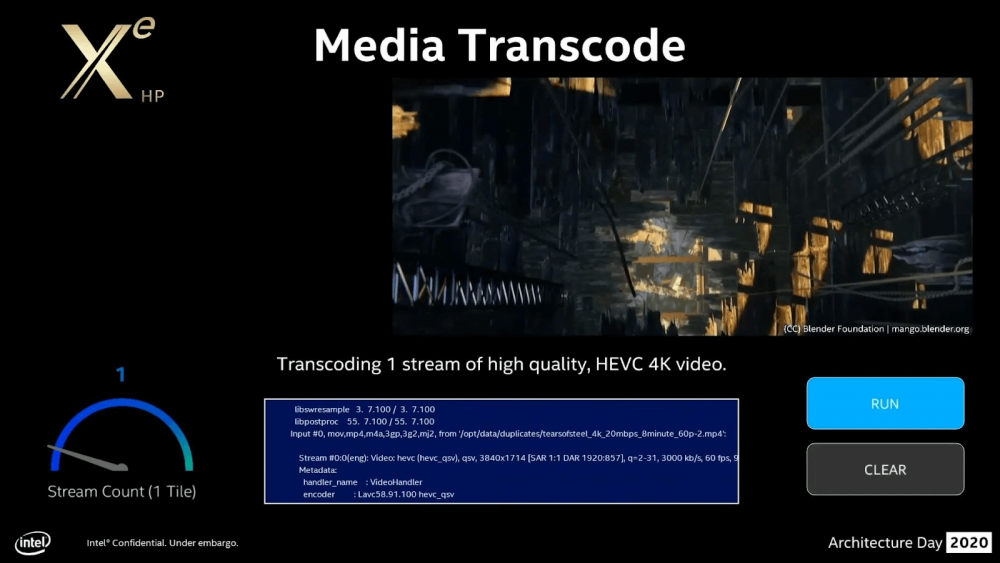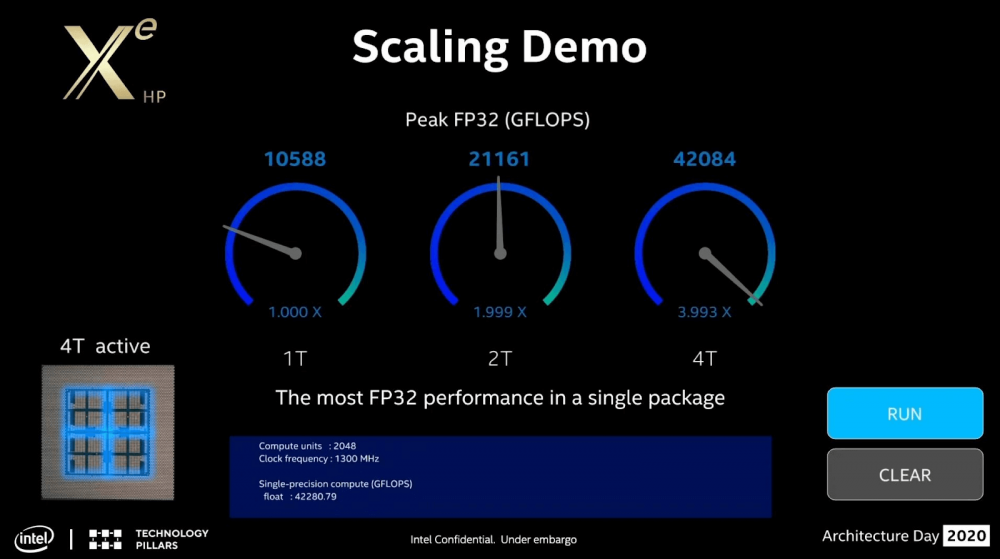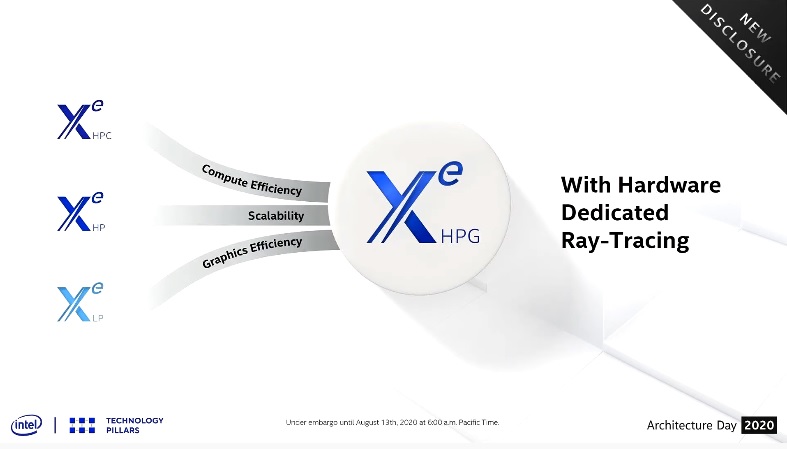Despite Team Green getting ready to pitch their RTX 30 series graphics cards just around the corner and Team Red scheduled to step up to bat right after, excitement has been buzzing about a potential third player in the GPU market for quite a while now. And though not much of interest has come from Team Blue, that all changed recently with their latest announcements and reveals of their mysterious Xe micro-architecture.
To be clear, Intel Xe is not news — we’ve known about its development since 2018. We’ve also been informed about the broad classifications that Xe graphics fall under — Xe LP for devices with low power/low-performance needs, Xe HP for high-performance integrations, and Xe HPC for data center solutions. Even some of Xe’s supported feature sets were made clear in the past months such as DX12 and Vulkan support.
So, what’s happened since then? Well, Intel’s Architecture Day 2020 happened. This year, they dropped a boatload of new information about the Xe micro-architecture — and that information has completely revitalized the energy surrounding their upcoming products.
First and foremost, the benchmarks:


These slides showcase the Intel Xe-HP micro-architecture, which was created to be a media supercomputer on a PCIe card, as put by Intel during their demo. It shows off how Xe-HP can transcode a 4k 30FPS video in real-time on a single stream, which scales linearly to 10x the performance when increasing the streams to 10, all on a single tile. How do they do this? By taking a leaf from their rivals.
Oh, how the turntables. Three years after Intel’s infamous leaked slides were shown mocking AMD’s Zen 2 CPU micro-architecture for being glued together, they went ahead and utilized a similar multi-chip module design for one of their upcoming Xe graphics processor variants. If imitation is the sincerest form of flattery, then AMD must be feeling absolutely tickled pink by now.
However, they shouldn’t be laughing too hard just yet. These transcoding benchmarks prove that AMD’s success with using MCMs in CPUs may very well have just been repeated by Intel for GPUs. And the last slide should be particularly upsetting to the current graphics card manufacturing status quo — at 42 TFLOPS, the 4-Tile Xe-HP chip may very well be the fastest single GPU on the planet. Of course, comparing FLOPS across micro-architectures is not a useful metric, but in a vacuum, the numbers certainly are impressive.
While the Xe-HP GPUs aren’t expected to show up in consumer desktops at all, Intel did also reveal a new class of Xe graphics that very well could end up in the rigs of your average Janes and Joes. Dubbed Intel Xe-HPG, this latest addition to the Xe Graphics Architecture is targeted toward the enthusiast/mid-range gaming segment. It was developed by building upon the three existing Intel Xe pillars — Xe-LP (meant for efficient graphics processing), Xe-HP (prioritizing scalability in the data center), and Xe-HPC (for high-performance computing).

While the specs for Intel’s Xe-HPG GPUs haven’t been confirmed yet, they did announce that it would feature a GDDR6 memory configuration. For comparison, Xe-HP uses HBM modules. In terms of feature support, Intel has stated that Xe-HPG will leverage hardware-accelerated raytracing similar to the high-end graphics cards of the leading competitors.
Will this signal the beginning of a new contender in the ring that could seriously compete with the likes of NVIDIA and AMD graphics? Even if ultimately Intel doesn’t win the battle this round, it will certainly be a fight to watch.




